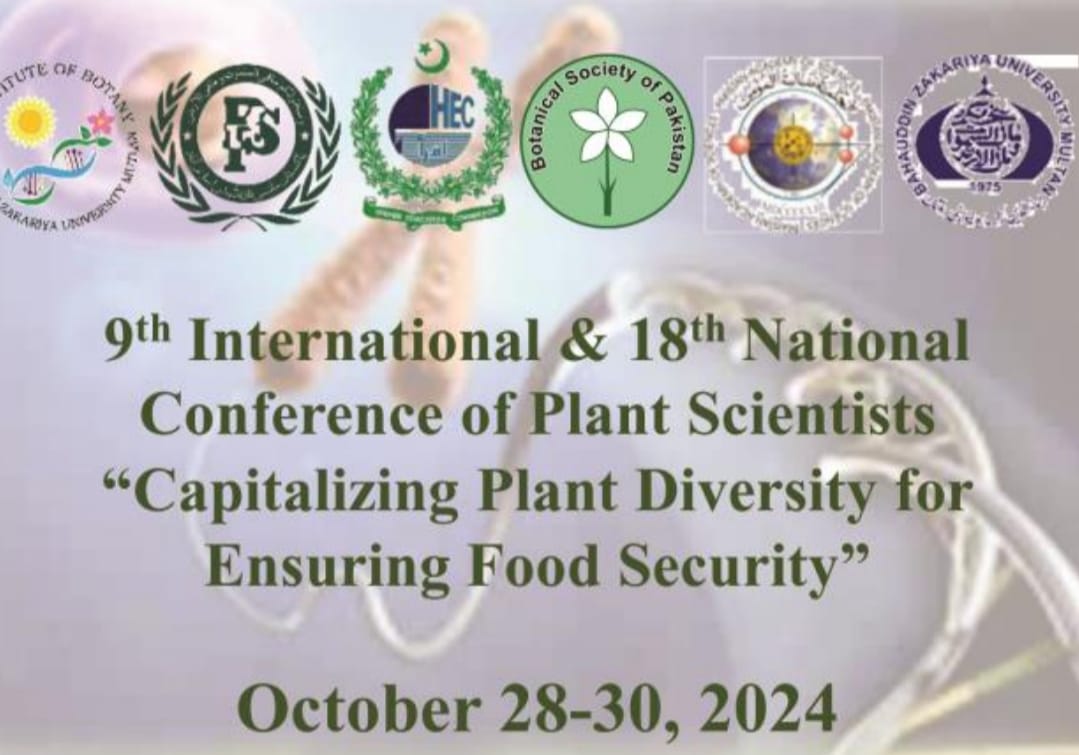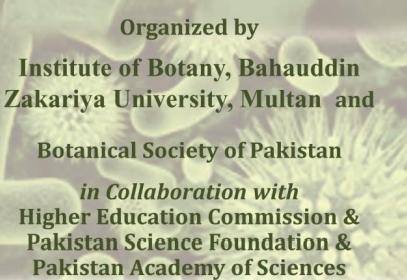PJB-2024-345
Systematic relationships and molecular phylogeny of some Euphorbia L. taxa from Turkey, inferred from cpDNA non-coding region (TRNL(UAA)-TRNF(GAA) IGS)
Gülden Koçak, Alpaslan Koçak and Murat Kurşat
Abstract
In this study, cladistics analyses based on chloroplast trnL–F intergenic spacer sequence and combined nrDNA ITS and trnL-F data set were undertaken to estimate phylogenetic relationships in 22 Euphorbia taxa collected from their natural distribution areas in Turkey. Among the examined taxa, E. grisophylla, E. rhytidosperma and 11 Euphorbia taxa trnL-F sequences were newly generated and their first inclusion in a phylogenetic analysis based on cpDNA trnL-F loci. According to the phylogenetic data results obtained with the analyzed sequences, it was seen that the E. chamaesyce (in subgenus Chamaesyce) was clearly separated from other taxa in subgenus Esula. At the section level, the phylogenetic trees based on the combined data set of taxa belonging to Chylogala, Cymatospermum and Paralias sections are in a complex order, Esula and Helioscopia sections are generally compatible with the classification defined in the Flora of Turkey. Although phylogenetic results based on cpDNA are compatible with the combined data results in terms of section distributions, the groups containing some species appear contradictory. According to this new information, the need to reevaluate the systematic status of E. gaillardotii, E. aleppica, E. denticulata, E. craspedia, E. macroclada, E. cheiradenia and E. sequieriana subsp. sequieriana has arisen.
To Cite this article:
Koçak, G., A. Koçak and M. Kurşat. 2025. Systematic relationships and molecular phylogeny of some Euphorbia L. taxa from Turkey, inferred from cpDNA non-coding region (TRNL(UAA)-TRNF(GAA) IGS). Pak. J. Bot., 57(5): DOI: http://dx.doi.org/10.30848/PJB2025-5(18)
Download PDF


